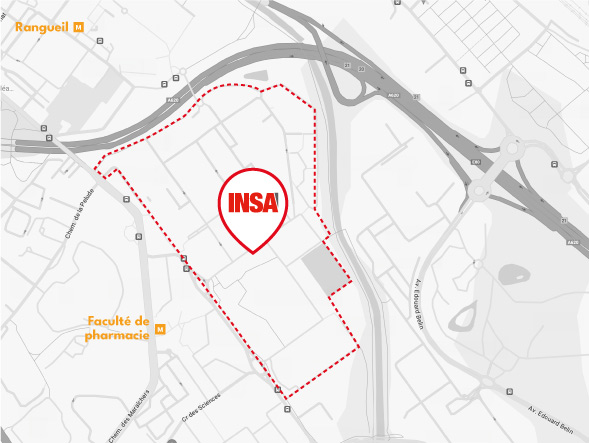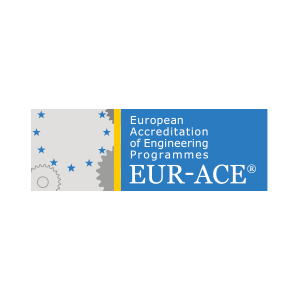Hardware Computing and microelectronics
Objectifs
At the end of this module, the student will have understood and be able to explain (main concepts):
-The concepts of combinational and sequential logic systems.
-The concepts of synchronous and asynchronous logic systems (or circuits).
-The design methods of logical systems and their implementation.
-The different computer architecture models, standard computer components and their role,
-The information coding.
-The link between the hardware architecture and the Operating System,
-The processor micro-architecture and the standard hardware optimization techniques.
The student will be able to:
-Represent and minimize logic functions.
-Design a combinational or sequential logical system.
-Extract from a diagram the architecture model, cite the different hardware components, and deduce the application domain of such architecture.
-Study the memory hierarchy in order to evaluate performance in the case of simple examples,
-Explain from a case study, the different components used, their role and the scheduling of operations,
-Describe the basics of semi-conductor physics and the physical and chemical processes in microelectronics.
-Simulate, manufacture (in cleanroom) and electrically test an elementary component, such as a PN junction and a photovoltaic cell.
Pré-requis
-Fundamentals of electricity, Kirchhoff's laws, basic theorems;
-No necessary knowledge. The lessons (ITEI) have to be done before the lab-work.
Évaluation
L’évaluation des acquis d’apprentissage est réalisée en continu tout le long du semestre. En fonction des enseignements, elle peut prendre différentes formes : examen écrit, oral, compte-rendu, rapport écrit, évaluation par les pairs…
En bref
Crédits ECTS : 5.0
Nombre d’heures : 57.0

INSA Toulouse
135 avenue de Rangueil
31077 Toulouse cedex 4
Tél : 05 61 55 95 13
Fax : 05 61 55 95 00

Dans un souci d'alléger le texte et sans aucune discrimination de genre, l'emploi du genre masculin est utilisé à titre épicène.











